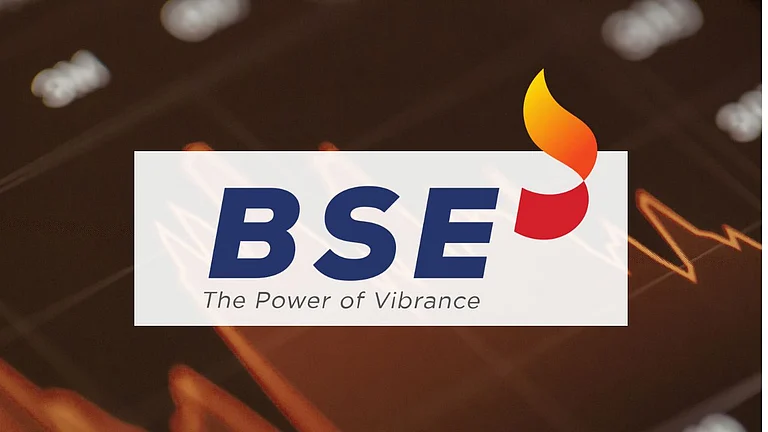In keeping with market expectation and its guidance given in December 2021, US central bank Federal Reserve announced a hike of 0.25 per cent in the benchmark interest rate. This is the first interest rate hike since the Covid-19 pandemic hit the world. The last time the Fed hiked rates was in December 2018.
Fed’s move was widely anticipated by the market across the world as it had indicated in December 2021 that it would start withdrawing some of the measures that were extended in view of the pandemic. Ever since, stock markets around the world have witnessed high volatility.

War Concerns Loom Large
The Federal Open Market Committee (FOMC) believes that the Russia-Ukraine crisis will have a material impact on inflation and economy. “The invasion of Ukraine by Russia is causing tremendous human and economic hardship. The implications for the US economy are highly uncertain, but in the near term, the invasion and related events are likely to create additional upward pressure on inflation and weigh on economic activity,” said the committee, in its statement. US has been battling highest inflation for the last 30 years.
Experts are of the opinion that rates are at zero, and any increase from the current level to about 1.25-1.50 per cent should be seen as ‘normalisation’. “These are not rate hikes in the traditional sense. Markets have already priced in this eventuality. What is seen as a positive is that despite this normalisation, the Fed expects real GDP growth to remain above 2.5 per cent and, more importantly, expects the unemployment rate to remain at the current level of 3.5 per cent. So no hard landing at all,” says Arvind Chari, chief investment officer, Quantum Advisors, in a statement.
Implication For India
On the domestic front, the Reserve Bank of India’s (RBI’s) Monetary Policy Committee (MPC) on February 10 left the key rates unchanged and persisted with its accommodative stance. The MPC maintained the repo rate (the rate at which RBI lends short-term funds to banks) at 4 per cent and reverse repo rate (the rate at which the banks park their funds with RBI) at 3.35 per cent.
RBI left key rates unchanged mainly because of its view that the ongoing domestic recovery is still incomplete and needs continued policy support. Moreover, the inflation projection is close to the upper tolerance limit of 6 per cent.
But that may change going forward. Experts believe that RBI will change its stance and hike rates in the next monetary policy slated in April. “Markets had broadly discounted the rate hike by the US Fed. The US Fed has acknowledged that inflation is high and stubborn. Rising yields in global markets will put upward pressure on Indian bond yields. With inflation remaining high, RBI will be forced to start hiking rates in India as well,” says Sandeep Bagla, CEO, TRUST Mutual Fund.
Chari too believes that RBI will begin its monetary policy normalisation. “High oil and commodity prices do induce some short-term vulnerability and complicate the case for RBI’s monetary policy conduct,” he adds.
But will the Fed rate change have a direct bearing on RBI’s stance?
“RBI’s monetary policy action would be driven by domestic considerations of economic growth and inflation. As such, the Fed’s policy action would not have a direct bearing,” says Vinay Khattar, head of research, Edelweiss Securities.
Khattar says that in its upcoming monetary policy meet, RBI will focus on stimulating and sustaining growth. He adds that he does not expect any change in policy rates, despite inflationary pressure, which is mainly due to extraneous factors. “However, given the surge in global commodity prices, there could be an upward revision in the RBI’s inflation outlook for FY23,” he adds.
Retail inflation went up to an eight-month high of 6.07 per cent in February, much above RBI's comfort level. If this level persists in the coming months, RBI will have a tough job ahead.













